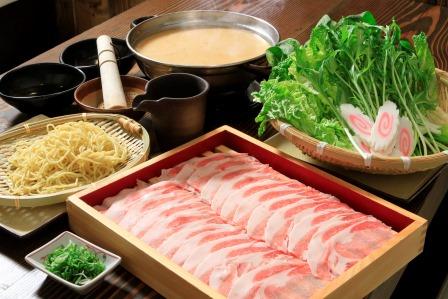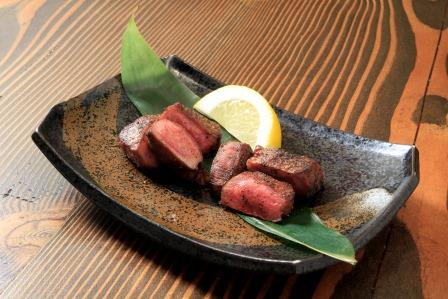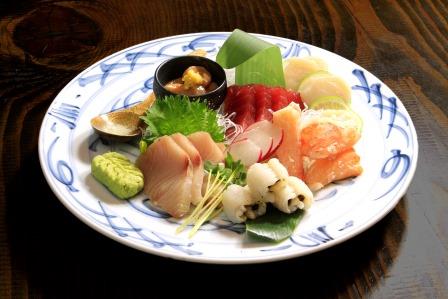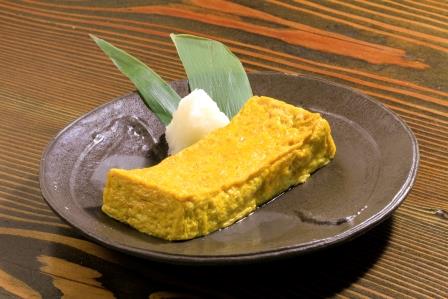Bizarre labels on Japanese Sake bottles
By Yuji Matsumoto
While I’ve written repeatedly in the past about the lack of marketing efforts in branding Japanese sake bottles, it’s very disappointing that most breweries still haven’t implemented my suggestions. Every time a new Japanese sake product is introduced, many manufacturers still use labels very different from previous ones.
The bizarre marketing strategy is evident as soon as one picks up a product. Take vodka for example. While colors of the bottles may change, neither the label design nor the fonts of corporate logos ever change. Wine, whiskey, beer, etc., no matter what product you grab, the branding is such that customers immediately recognizes the manufacturer at first glance.
Wine labels share the same design, but different shapes of bottles and colors depending on the variety of grapes. For vodka, the shapes of the bottles are the same, and only the color of the label is changed according to the flavor. For beers, light vs. regular is differentiated by color, while the design is the same.
Designs of alcohol products are standardized in this manner. However, why not so with Japanese sake? Considering the cost and time required to launch a product, the lack of standardization in design for marketing purposes is “bizarre” to say the least.
I once heard from a sake manufacturer that when displaying sake bottles in small retail shops, various products by the same brand lining the shelves would confuse consumers, thus there was no choice but to change the labels. Another’s opinion was that if one brand fails, sales of other products under the same brand would also suffer due to chain reaction.
Looking at the current brands of Japanese sake, there isn’t one manufacturer whose labels are standardized among Nigori, Junmai, Ginjo, and Daiginjo. The changes in design and fonts are easy to notice.
American consumers are very loyal to brands. While the majority of them cannot read Japanese, using a standardized logo design would help consumers who happened to like Junmai to next sample Ginjo, Daiginjo, or Nigori sake.
奇怪な日本酒ラベル
以前にも繰り返し日本酒ラベルのブランディングのマーケッティング不足について話を書いてきているが、未だにほとんどの蔵元が実践していないのは非常に残念なことだ。
日本酒で新商品がでるたびに以前のラベルと全く違う顔のラベルを使ったものを使用している会社が多い。
これは、身近にある商品を手に取ってみるといかに奇妙なマーケッティング戦略であるかが分かるはずだ。たとえば、ウォッカ。ボトルの色を変えることはあってもラベルのデザイン変更や会社ロゴの字体を変えた商品はまずない。ワイン、ウィスキー、ビールどの商品をとっても基本的にその会社と一目でわかるようになっている。
ワインは、ラベルに関してはデザインが一緒でブドウ品種によりボトルの形状や色を変えている。ウォッカについては、ボトルの形状が一緒でフレイバーによりラベルの色だけを変えているケースが多い。ビールは、ライトとレギュラーで色別でデザインは一緒、というようにどのアルコール商品を見ても統一されている。しかし、なぜ日本酒だけはそうでないであろうか?一つのブランドを立ち上げるための費用と時間を考えると“奇怪”としか言えない。
ある酒造会社によると日本での小売の棚取りの際、同じブランドが多数並んでいると消費者が戸惑うからラベル変更しざる追えないという話を聞いたことがある。また、もし現状のブランドが失敗したら連鎖で他のものも影響が出る、という意見もあった。
現存する日本酒をみてみるとにごり酒、純米、吟醸、大吟醸と全てラベルが統一されている会社は一社もない。どこかデザインや字体に手を入れてあることに気づくであろう。
米国人はブランドに対してのロイヤルティーが強い。しかも日本語は読めない人が圧倒的である中、統一したブランドロゴデザインを使用することで、純米を気に入ってくれた人は次は同じブランドの吟醸や大吟醸、またはにごりを試していくことに繋げていけるはずである。
While I’ve written repeatedly in the past about the lack of marketing efforts in branding Japanese sake bottles, it’s very disappointing that most breweries still haven’t implemented my suggestions. Every time a new Japanese sake product is introduced, many manufacturers still use labels very different from previous ones.
The bizarre marketing strategy is evident as soon as one picks up a product. Take vodka for example. While colors of the bottles may change, neither the label design nor the fonts of corporate logos ever change. Wine, whiskey, beer, etc., no matter what product you grab, the branding is such that customers immediately recognizes the manufacturer at first glance.
Wine labels share the same design, but different shapes of bottles and colors depending on the variety of grapes. For vodka, the shapes of the bottles are the same, and only the color of the label is changed according to the flavor. For beers, light vs. regular is differentiated by color, while the design is the same.
Designs of alcohol products are standardized in this manner. However, why not so with Japanese sake? Considering the cost and time required to launch a product, the lack of standardization in design for marketing purposes is “bizarre” to say the least.
I once heard from a sake manufacturer that when displaying sake bottles in small retail shops, various products by the same brand lining the shelves would confuse consumers, thus there was no choice but to change the labels. Another’s opinion was that if one brand fails, sales of other products under the same brand would also suffer due to chain reaction.
Looking at the current brands of Japanese sake, there isn’t one manufacturer whose labels are standardized among Nigori, Junmai, Ginjo, and Daiginjo. The changes in design and fonts are easy to notice.
American consumers are very loyal to brands. While the majority of them cannot read Japanese, using a standardized logo design would help consumers who happened to like Junmai to next sample Ginjo, Daiginjo, or Nigori sake.
奇怪な日本酒ラベル
以前にも繰り返し日本酒ラベルのブランディングのマーケッティング不足について話を書いてきているが、未だにほとんどの蔵元が実践していないのは非常に残念なことだ。
日本酒で新商品がでるたびに以前のラベルと全く違う顔のラベルを使ったものを使用している会社が多い。
これは、身近にある商品を手に取ってみるといかに奇妙なマーケッティング戦略であるかが分かるはずだ。たとえば、ウォッカ。ボトルの色を変えることはあってもラベルのデザイン変更や会社ロゴの字体を変えた商品はまずない。ワイン、ウィスキー、ビールどの商品をとっても基本的にその会社と一目でわかるようになっている。
ワインは、ラベルに関してはデザインが一緒でブドウ品種によりボトルの形状や色を変えている。ウォッカについては、ボトルの形状が一緒でフレイバーによりラベルの色だけを変えているケースが多い。ビールは、ライトとレギュラーで色別でデザインは一緒、というようにどのアルコール商品を見ても統一されている。しかし、なぜ日本酒だけはそうでないであろうか?一つのブランドを立ち上げるための費用と時間を考えると“奇怪”としか言えない。
ある酒造会社によると日本での小売の棚取りの際、同じブランドが多数並んでいると消費者が戸惑うからラベル変更しざる追えないという話を聞いたことがある。また、もし現状のブランドが失敗したら連鎖で他のものも影響が出る、という意見もあった。
現存する日本酒をみてみるとにごり酒、純米、吟醸、大吟醸と全てラベルが統一されている会社は一社もない。どこかデザインや字体に手を入れてあることに気づくであろう。
米国人はブランドに対してのロイヤルティーが強い。しかも日本語は読めない人が圧倒的である中、統一したブランドロゴデザインを使用することで、純米を気に入ってくれた人は次は同じブランドの吟醸や大吟醸、またはにごりを試していくことに繋げていけるはずである。










